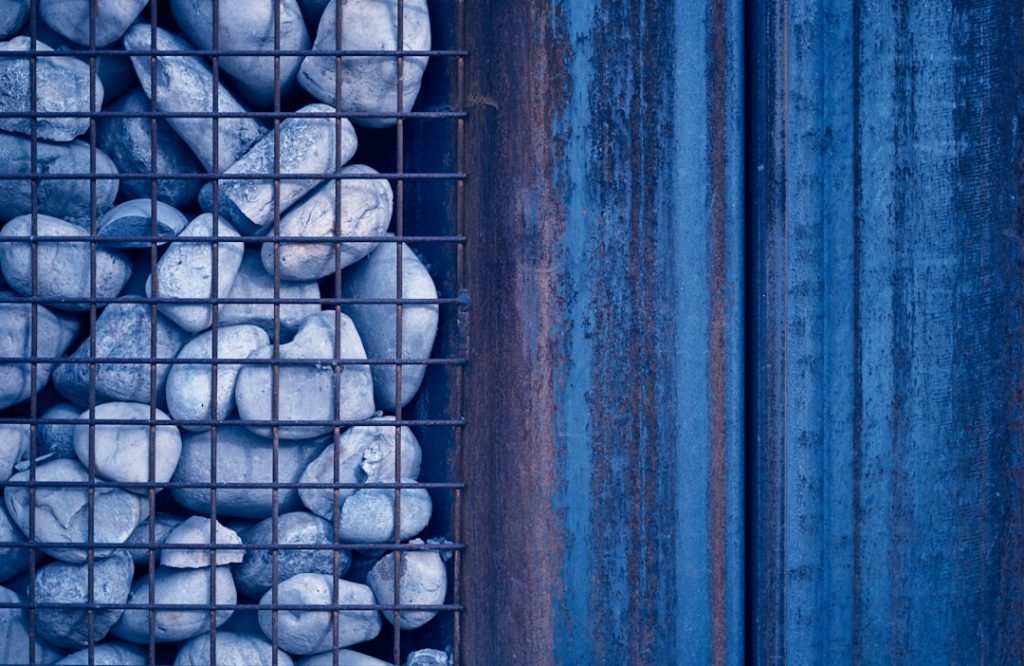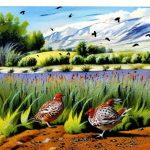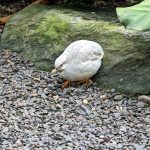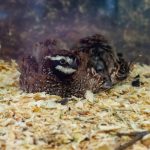Quail breeding is a popular practice among farmers and hobbyists alike. These small game birds are known for their delicious eggs and meat, making them a valuable addition to any farm or homestead. Breeding quail can be a rewarding and profitable venture, but it requires careful planning and attention to detail. One of the most important aspects of quail breeding is the design and maintenance of their cages. Proper cage design, size, materials, ventilation, and feeding systems are all crucial factors that can impact the health and productivity of your quail flock. In this article, we will explore the various considerations and best practices for quail breeding cage design and maintenance to help you create a successful and sustainable quail breeding operation.
Table of Contents
- 1 Factors to Consider in Quail Breeding Cage Design
- 2 Space and Size Requirements for Quail Breeding Cages
- 3 Material Selection for Quail Breeding Cages
- 4 Ventilation and Temperature Control in Quail Breeding Cages
- 5 Feeding and Watering Systems in Quail Breeding Cages
- 6 Maintenance and Cleaning of Quail Breeding Cages
- 7 FAQs
- 7.1 What is a quail breeding cage design?
- 7.2 What are the important factors to consider in quail breeding cage design?
- 7.3 What are the common materials used in quail breeding cage design?
- 7.4 How can I ensure proper ventilation in a quail breeding cage design?
- 7.5 What are some important design considerations for quail breeding cage flooring?
- 7.6 How can I design a quail breeding cage to protect the quail from predators?
Key Takeaways
- Quail breeding is a popular practice for both commercial and backyard farmers.
- Factors to consider in quail breeding cage design include space, material, ventilation, and temperature control.
- Quail breeding cages should provide enough space for the birds to move around and lay eggs comfortably.
- Material selection for quail breeding cages should prioritize durability, ease of cleaning, and non-toxicity.
- Proper ventilation and temperature control are crucial for the health and productivity of quail in breeding cages.
Factors to Consider in Quail Breeding Cage Design
When designing quail breeding cages, there are several important factors to consider. First and foremost, the cages must provide adequate space for the quail to move around comfortably. Overcrowding can lead to stress, aggression, and decreased egg production, so it’s essential to ensure that each bird has enough space to thrive. Additionally, the cage design should allow for easy access to the birds for feeding, watering, and egg collection. The materials used in the construction of the cages should be durable, easy to clean, and resistant to corrosion. Ventilation is another critical factor to consider, as poor air quality can lead to respiratory issues and other health problems in quail. Finally, temperature control is essential, especially in colder climates, to ensure that the quail are kept warm and comfortable. By carefully considering these factors in the design of your quail breeding cages, you can create a healthy and productive environment for your birds.
Space and Size Requirements for Quail Breeding Cages
Quail require a surprising amount of space to thrive, especially when kept in captivity. Each bird should have at least 1 square foot of space in the cage to prevent overcrowding and allow for natural behaviors such as dust bathing and foraging. When designing your quail breeding cages, it’s important to calculate the total space needed based on the number of birds you plan to keep. Additionally, providing enough space for nesting boxes and perches is essential for the well-being of your quail flock. Nesting boxes should be placed in a quiet, secluded area of the cage to provide a safe and comfortable environment for egg laying. Perches allow the quail to roost off the ground, which can help prevent leg injuries and keep the birds clean and healthy. By carefully considering the space and size requirements for your quail breeding cages, you can create a comfortable and stress-free environment for your birds to thrive.
Material Selection for Quail Breeding Cages
The materials used in the construction of quail breeding cages play a crucial role in the health and well-being of the birds. When selecting materials for your cages, it’s important to choose options that are durable, easy to clean, and resistant to corrosion. Common materials used in quail breeding cage construction include galvanized wire mesh, PVC-coated wire, and stainless steel. These materials are all resistant to rust and corrosion, making them ideal for use in a humid and potentially messy environment. Additionally, they are easy to clean and disinfect, which is essential for maintaining a healthy living environment for your quail. It’s also important to consider the safety of the materials used, as some metals can be toxic to birds if ingested. By carefully selecting materials for your quail breeding cages, you can create a safe and hygienic environment for your birds to thrive.
Ventilation and Temperature Control in Quail Breeding Cages
Proper ventilation and temperature control are essential aspects of quail breeding cage design. Good ventilation helps maintain air quality, remove excess moisture, and prevent the buildup of harmful gases such as ammonia. This is especially important in enclosed spaces where quail are kept in close proximity. Adequate ventilation can be achieved through the use of wire mesh walls or vents that allow for air circulation without creating drafts. Temperature control is also crucial, as quail are sensitive to extreme temperatures. In colder climates, supplemental heating may be necessary to keep the birds warm and comfortable. In warmer climates, providing shade and adequate airflow can help prevent heat stress in the quail. By carefully considering ventilation and temperature control in your quail breeding cage design, you can create a healthy and comfortable environment for your birds to thrive.
Feeding and Watering Systems in Quail Breeding Cages
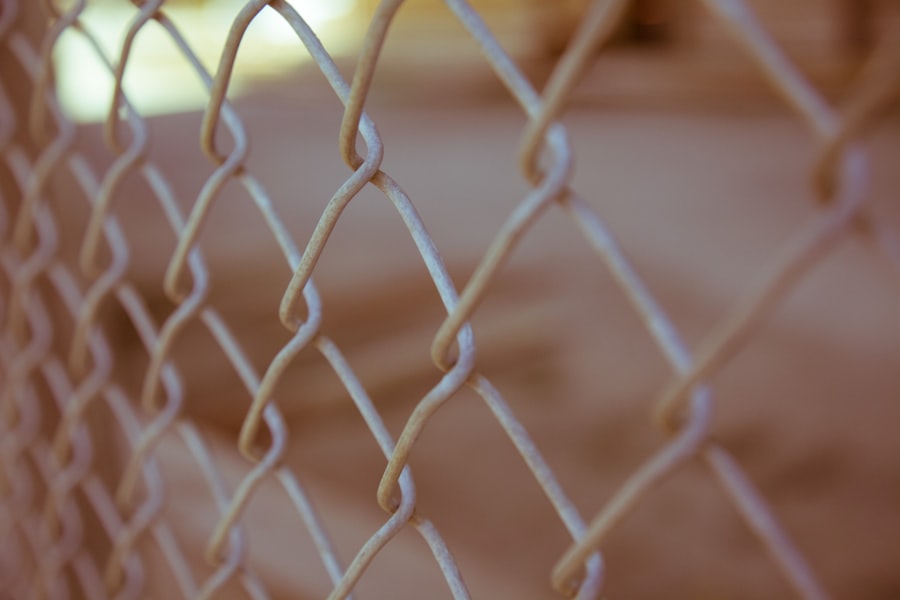
Feeding and watering systems are essential components of quail breeding cage design. Quail require a balanced diet that includes high-quality feed, grit, and access to fresh water at all times. When designing your quail breeding cages, it’s important to consider the placement of feeders and waterers to ensure easy access for the birds while minimizing waste and contamination. Gravity-fed or automatic feeders and waterers can help ensure a constant supply of food and water while reducing the need for frequent refilling. Additionally, providing access to grit is essential for quail, as it helps them digest their food properly. By carefully considering the feeding and watering systems in your quail breeding cages, you can help ensure that your birds have access to the nutrition they need to stay healthy and productive.
Maintenance and Cleaning of Quail Breeding Cages
Proper maintenance and cleaning of quail breeding cages are essential for creating a healthy living environment for your birds. Regular cleaning helps prevent the buildup of waste, bacteria, and parasites that can lead to disease and poor health in quail. When designing your cages, it’s important to consider ease of access for cleaning and maintenance. Removable trays or wire mesh floors can make it easier to remove waste and debris from the cages. Additionally, using non-toxic cleaning agents and disinfectants is essential for keeping the cages clean without posing a risk to the birds. Regular inspections of the cages for signs of wear or damage can help prevent escapes or injuries among the quail flock. By implementing a regular maintenance and cleaning schedule for your quail breeding cages, you can create a safe and hygienic environment for your birds to thrive.
In conclusion, quail breeding can be a rewarding and profitable venture when done with careful planning and attention to detail. Proper cage design, size, materials, ventilation, feeding systems, and maintenance are all crucial factors that can impact the health and productivity of your quail flock. By carefully considering these factors and implementing best practices in quail breeding cage design and maintenance, you can create a healthy and sustainable environment for your birds to thrive. Whether you are a seasoned farmer or a hobbyist looking to start a small quail breeding operation, taking the time to create a comfortable and stress-free living environment for your birds will ultimately lead to greater success and satisfaction in your quail breeding endeavors.
If you’re interested in quail breeding cage design, you may also want to explore the article on chicken coop design on PoultryWizard. Understanding the principles of designing a suitable and comfortable living space for chickens can provide valuable insights for creating optimal breeding cages for quails. Both endeavors require careful consideration of space, ventilation, and nesting areas to ensure the well-being and productivity of the birds.
FAQs
What is a quail breeding cage design?
A quail breeding cage design refers to the specific layout and construction of a cage or enclosure used for breeding and raising quail. It includes considerations such as size, materials, ventilation, and access for feeding and cleaning.
What are the important factors to consider in quail breeding cage design?
Important factors to consider in quail breeding cage design include the size of the cage, ventilation, ease of cleaning, access to food and water, protection from predators, and the comfort and well-being of the quail.
What are the common materials used in quail breeding cage design?
Common materials used in quail breeding cage design include wire mesh, wood, and metal. These materials are chosen for their durability, ease of cleaning, and ability to provide adequate ventilation for the quail.
How can I ensure proper ventilation in a quail breeding cage design?
Proper ventilation in a quail breeding cage design can be ensured by incorporating wire mesh walls and a well-designed roof to allow for air circulation. Additionally, providing adequate space for the quail and avoiding overcrowding can help maintain good air quality within the cage.
What are some important design considerations for quail breeding cage flooring?
Important design considerations for quail breeding cage flooring include using a material that is easy to clean, such as wire mesh or plastic, and providing a solid surface or padding in certain areas to protect the quail’s feet. Additionally, the flooring should be designed to prevent the accumulation of waste and allow for proper drainage.
How can I design a quail breeding cage to protect the quail from predators?
To protect quail from predators, a breeding cage design should include secure walls and a roof to prevent access from larger animals. Additionally, the cage should be elevated off the ground and have a solid floor to prevent digging from predators. Regular inspections and maintenance of the cage are also important to ensure its integrity.
Meet Walter, the feathered-friend fanatic of Florida! Nestled in the sunshine state, Walter struts through life with his feathered companions, clucking his way to happiness. With a coop that’s fancier than a five-star hotel, he’s the Don Juan of the chicken world. When he’s not teaching his hens to do the cha-cha, you’ll find him in a heated debate with his prized rooster, Sir Clucks-a-Lot. Walter’s poultry passion is no yolk; he’s the sunny-side-up guy you never knew you needed in your flock of friends!

